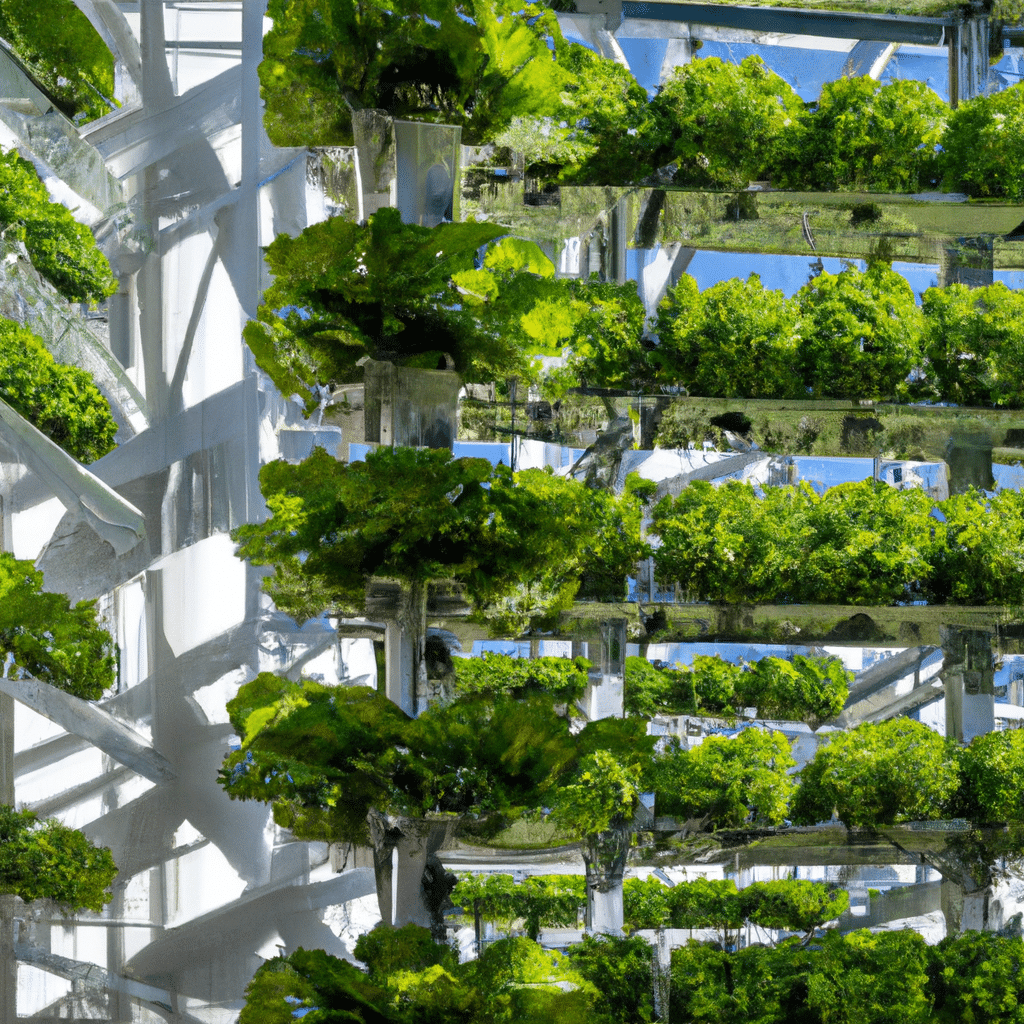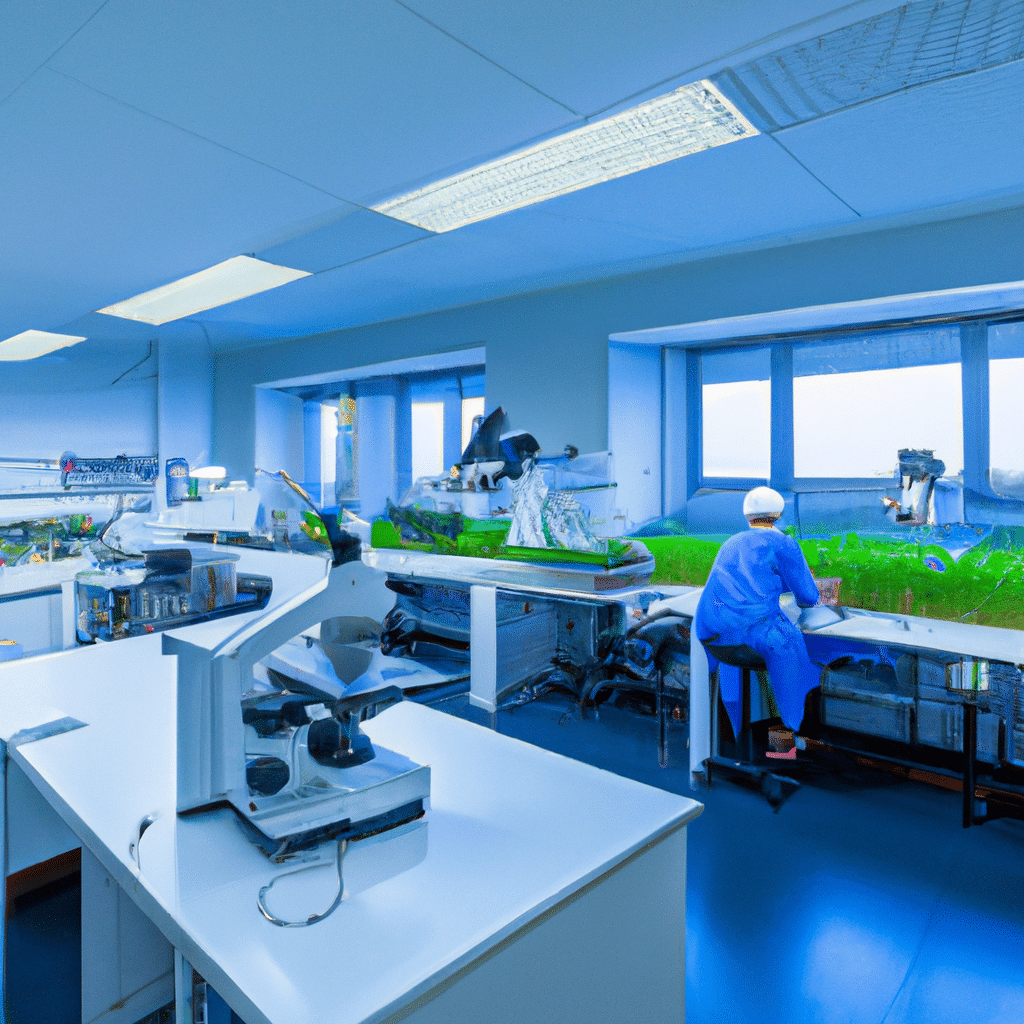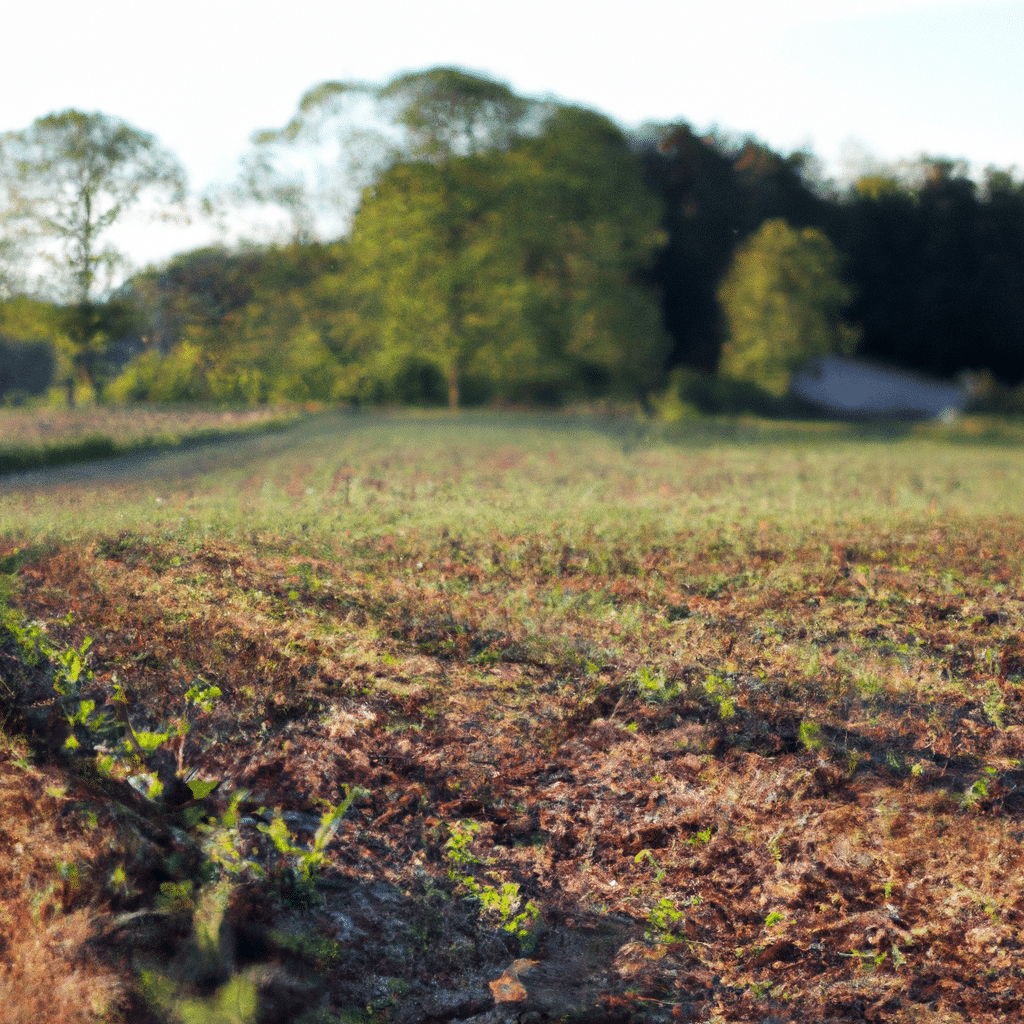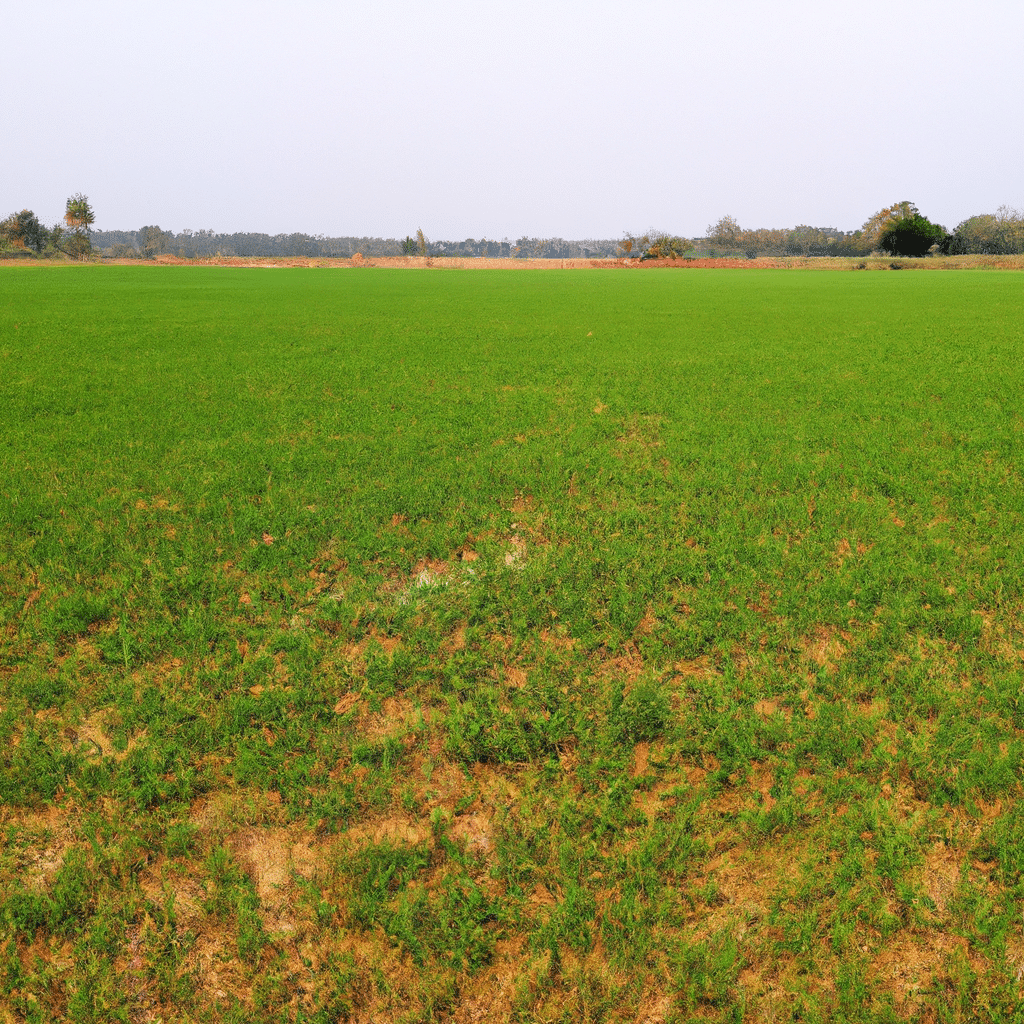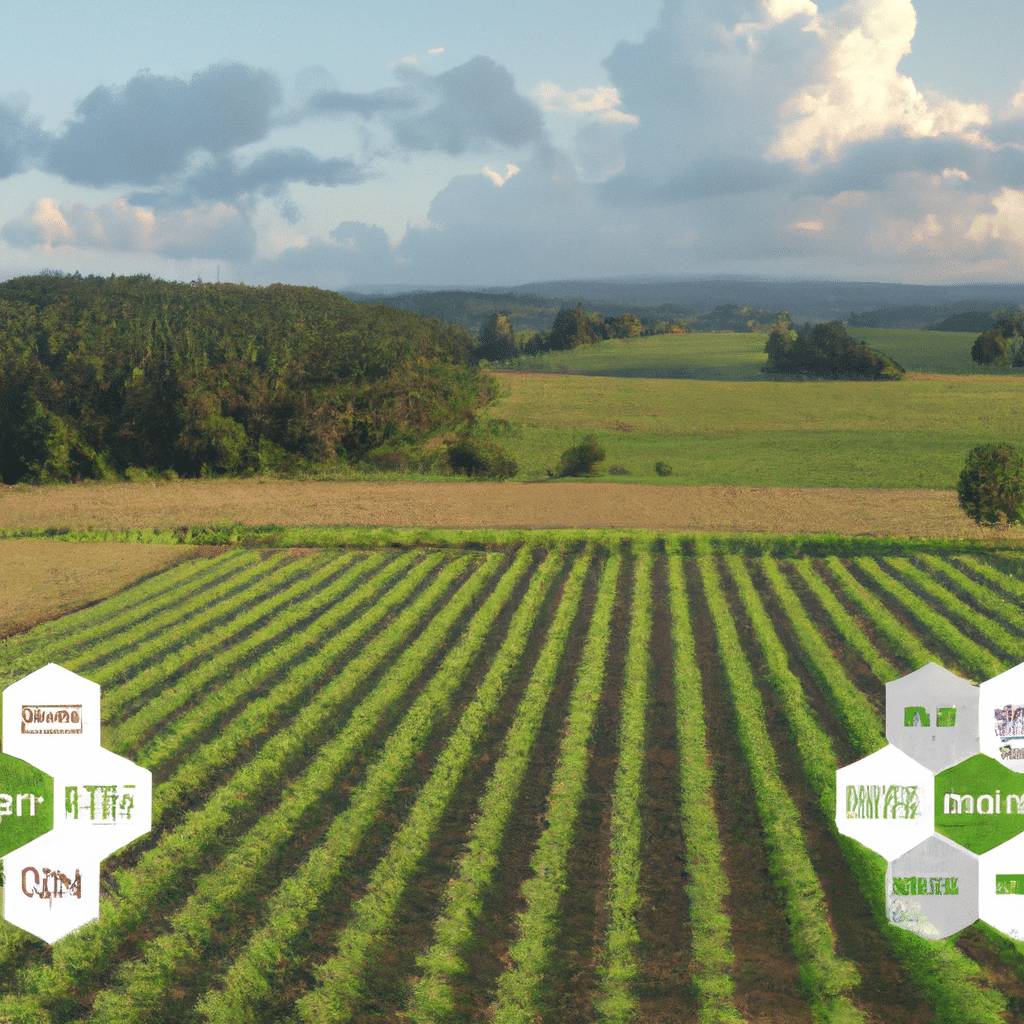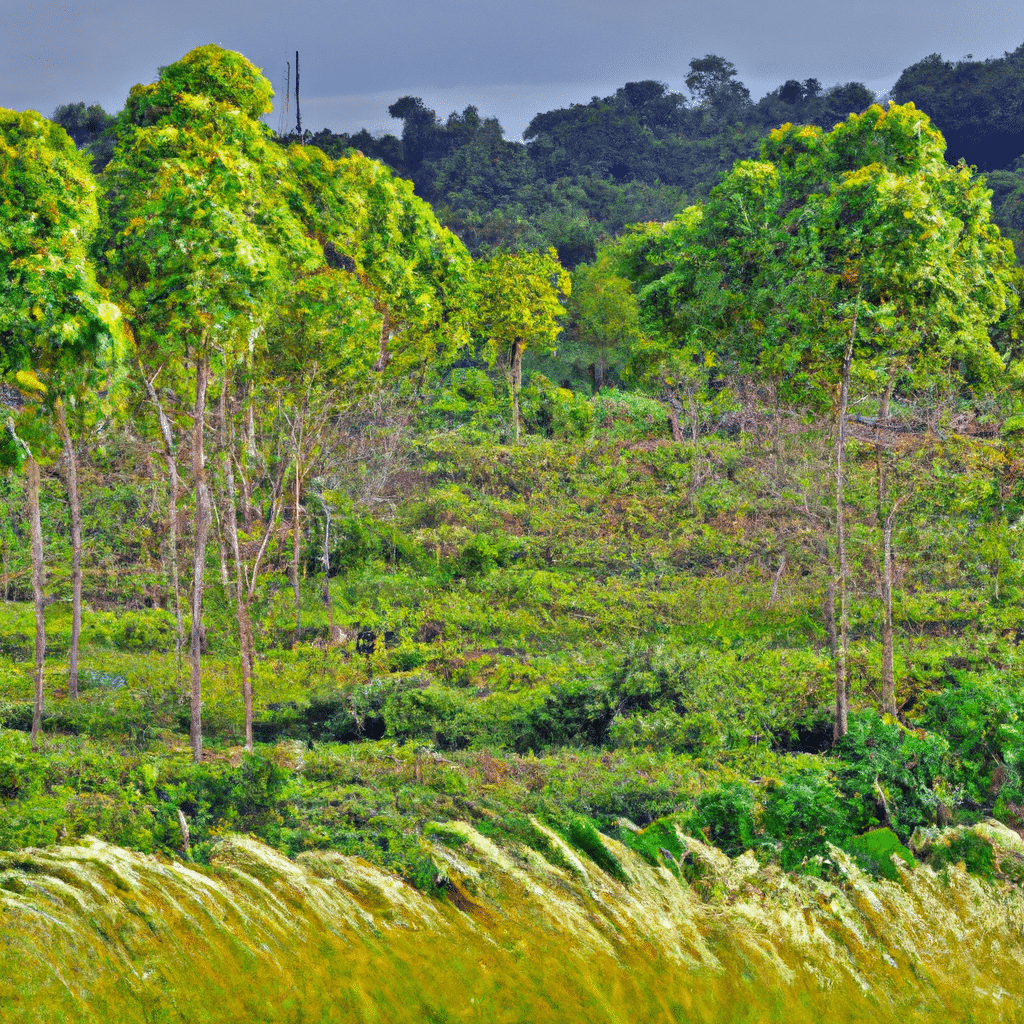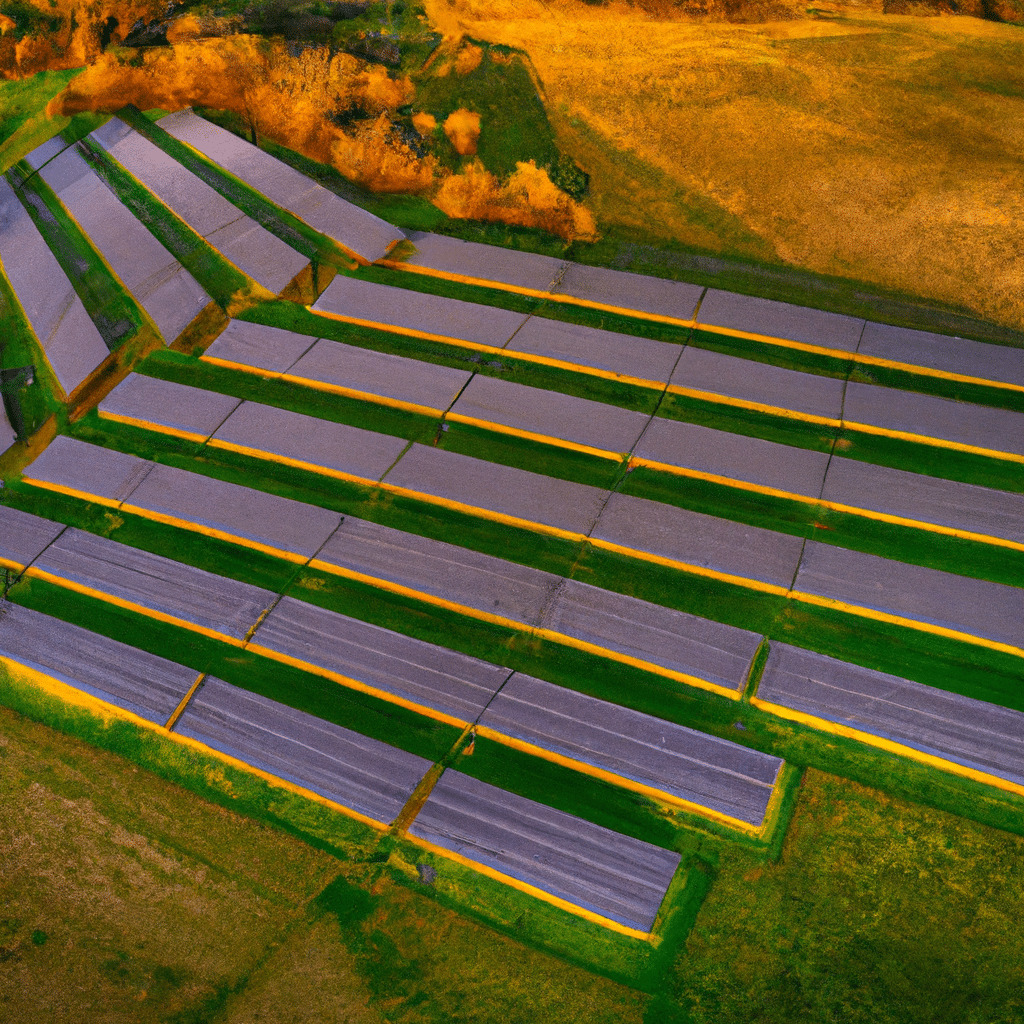In recent years, the world has witnessed the devastating effects of climate change on our planet. Rising temperatures, extreme weather events, and changing precipitation patterns have impacted various sectors, including agriculture. As we strive to address the challenges posed by climate change, one crucial aspect that requires attention is soil health. Soil, often overlooked, plays a vital role in sustainable agriculture and combating climate change. In this article, we will explore the intricate relationship between climate change and soil health and uncover the secrets to achieving sustainable agriculture practices.
Understanding Climate Change and Its Impact on Agriculture
Climate change refers to long-term shifts in weather patterns caused by human activities, such as the burning of fossil fuels and deforestation. These activities release greenhouse gases, such as carbon dioxide, methane, and nitrous oxide, into the atmosphere, trapping heat and leading to a warming planet. The consequences of climate change are far-reaching, affecting ecosystems, biodiversity, and food production systems.
Agriculture, heavily reliant on climatic conditions, is particularly vulnerable to the impacts of climate change. Rising temperatures and altered rainfall patterns disrupt growing seasons, increase the frequency of droughts and floods, and intensify pest and disease pressures. These changes pose significant risks to crop yields, food security, and the livelihoods of farmers worldwide.
The Role of Soil Health in Mitigating Climate Change
Soil health, often referred to as the quality and fertility of soil, is a critical component of sustainable agriculture. Healthy soils are rich in organic matter, teeming with diverse microbial life, and possess excellent water-holding capacity. They provide a stable foundation for plant growth and play a pivotal role in mitigating climate change.
- Carbon Sequestration: Healthy soils have the ability to store and sequester carbon dioxide from the atmosphere. Through a process called carbon sequestration, plants capture carbon dioxide during photosynthesis and transfer it into the soil. This helps to reduce the concentration of greenhouse gases in the atmosphere, mitigating the effects of climate change.
- Water Regulation: Soil with high organic matter content acts as a sponge, absorbing and retaining water. This improves water infiltration, reduces runoff, and increases water availability for plants during dry periods. Effective water regulation by healthy soils contributes to climate resilience and reduces the risk of drought-induced crop failures.
- Nutrient Cycling: Healthy soils support nutrient cycling, ensuring that essential elements like nitrogen, phosphorus, and potassium are available for plant uptake. This optimizes crop growth, reduces the need for synthetic fertilizers, and minimizes nutrient runoff into water bodies, which can lead to harmful algal blooms and water pollution.
- Biodiversity Support: Soil health is closely tied to biodiversity. A diverse range of microorganisms, insects, and other soil-dwelling organisms contribute to nutrient cycling, disease suppression, and overall ecosystem resilience. By promoting biodiversity, sustainable agriculture practices enhance soil health and its capacity to mitigate climate change.
Sustainable Agriculture Practices for Enhancing Soil Health
To unlock the secrets to sustainable agriculture in the face of climate change, farmers and agricultural practitioners can adopt a range of practices aimed at improving soil health. These practices include:
- Conservation Tillage: Traditional tillage methods, such as plowing, disrupt soil structure and accelerate the breakdown of organic matter. Conservation tillage techniques, such as no-till or reduced tillage, minimize soil disturbance, reduce erosion, and preserve soil organic matter. This helps to enhance soil health and mitigate climate change.
- Cover Cropping: Planting cover crops, such as legumes or grasses, during fallow periods provides numerous benefits. Cover crops protect the soil from erosion, improve organic matter content, fix nitrogen from the atmosphere, and enhance soil microbial activity. These practices contribute to climate change mitigation and overall soil health.
- Crop Rotation: Rotating crops in a planned sequence helps break pest and disease cycles, reduces the reliance on synthetic fertilizers and pesticides, and improves soil structure. Crop rotation also enhances nutrient cycling, promotes biodiversity, and contributes to sustainable agriculture practices that combat climate change.
- Organic Matter Management: Adding organic matter, such as compost or manure, to soils enhances their fertility and carbon storage capacity. Organic matter improves soil structure, increases water-holding capacity, and supports beneficial microbial activity. These practices are essential for sustainable agriculture and combating climate change.
Conclusion
In the face of climate change, ensuring soil health is crucial for sustainable agriculture. By sequestering carbon, regulating water, supporting nutrient cycling, and promoting biodiversity, healthy soils play a significant role in mitigating climate change impacts. Adopting sustainable agriculture practices, such as conservation tillage, cover cropping, crop rotation, and organic matter management, can unlock the secrets to achieving a resilient and sustainable food production system. As we continue to address the challenges of climate change, nurturing our soils and prioritizing their health will pave the way towards a more sustainable future for agriculture and our planet.



